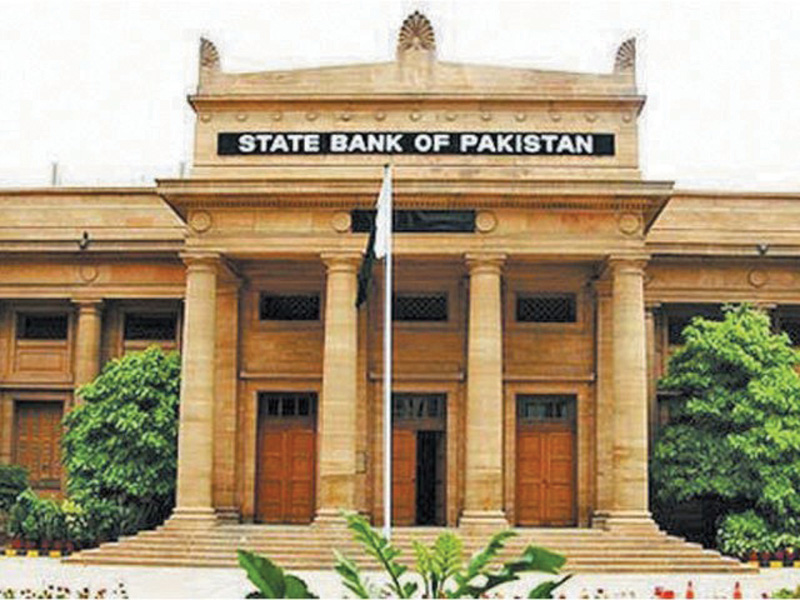The State Bank of Pakistan (SBP) is set to announce its monetary policy on September 12, with Arif Habib Limited (AHL) predicting a 150 basis points (bps) cut in the policy rate. If this occurs, the policy rate will drop to 18 percent, a level last seen in February 2023 when it was 17 percent.
AHL noted that this would mark the third consecutive rate cut since the interest rate reversal cycle began in June 2024.
The brokerage house cited several recent improvements in Pakistan’s macroeconomic conditions that support this expected rate cut.
READ MORE: Intel’s Lunar Lake Laptop CPUs Boast Over 20 Hours of Battery Life
The primary factor is the significant reduction in inflation. In August 2024, inflation fell to 9.6 percent, bringing the real interest rate to a high 1,000bps, allowing room for a rate cut. Additionally, both headline and core inflation have decreased. For the first two months of FY25, the average inflation rate was 10.4 percent, a sharp drop from 27.8 percent during the same period in FY24.
On the external front, Pakistan’s current account deficit significantly improved, dropping to $162 million in July 2025, compared to $741 million in the same period last year. This improvement was driven largely by a 48 percent year-on-year increase in remittances, contributing to the stability of the Pakistani rupee against the US dollar.
Moreover, the Large Scale Manufacturing Index (LSMI) has shown slight improvement. For FY24, the LSMI reported a 0.94 percent year-on-year increase in production, with positive growth in key sectors such as food, coke and petroleum products, wearing apparel, and pharmaceuticals.
Additionally, SBP’s foreign exchange reserves have increased significantly, rising to $9.4 billion from $7.6 billion a year ago. This rise in reserves allows the central bank to cut interest rates without risking currency destabilization or depleting reserves.
Pakistan also reached a staff-level agreement with the IMF in July 2024, which is expected to gain approval from the IMF executive board soon. The IMF’s focus on disinflation aligns with expectations of continued monetary easing. A rate cut would support the IMF’s broader goals of economic stabilization and growth in Pakistan.
Regarding money markets, AHL highlighted that yields for short-term government securities have fallen since the last monetary policy announcement in July 2024. In the primary market, yields for 3-month, 6-month, and 12-month tenors dropped by 1.49 percent, 1.01 percent, and 0.74 percent, respectively. In the secondary market, the declines were more pronounced, with 3-month, 6-month, and 12-month yields falling by 1.52 percent, 1.60 percent, and 1.28 percent, respectively. Longer-term yields also declined, with the 3-year yield down by 1.10 percent, the 5-year by 0.59 percent, and the 10-year by 0.72 percent.
AHL stated that these declines indicate market expectations of further monetary easing, as reflected in both short- and long-term yield reductions in the markets.


